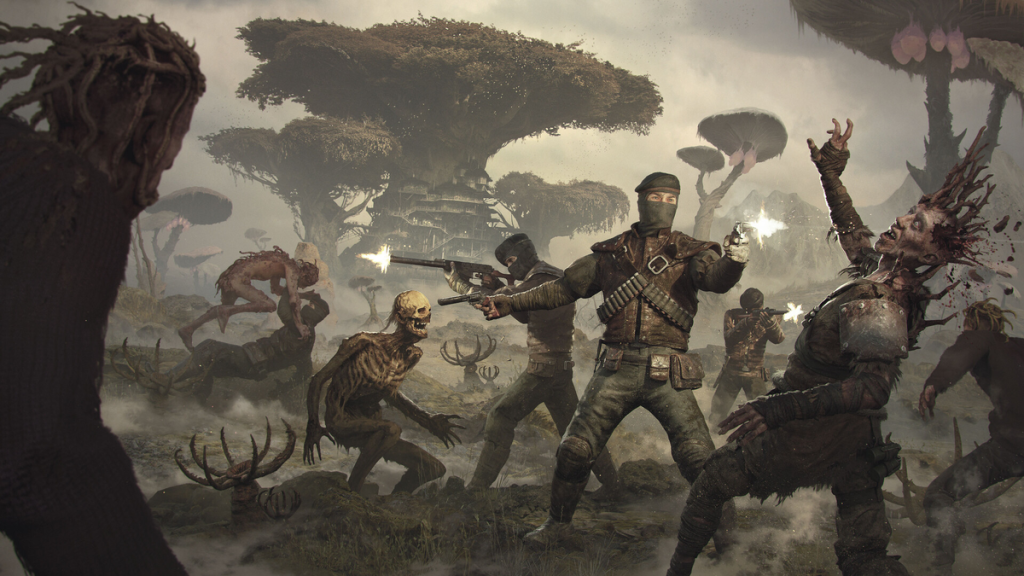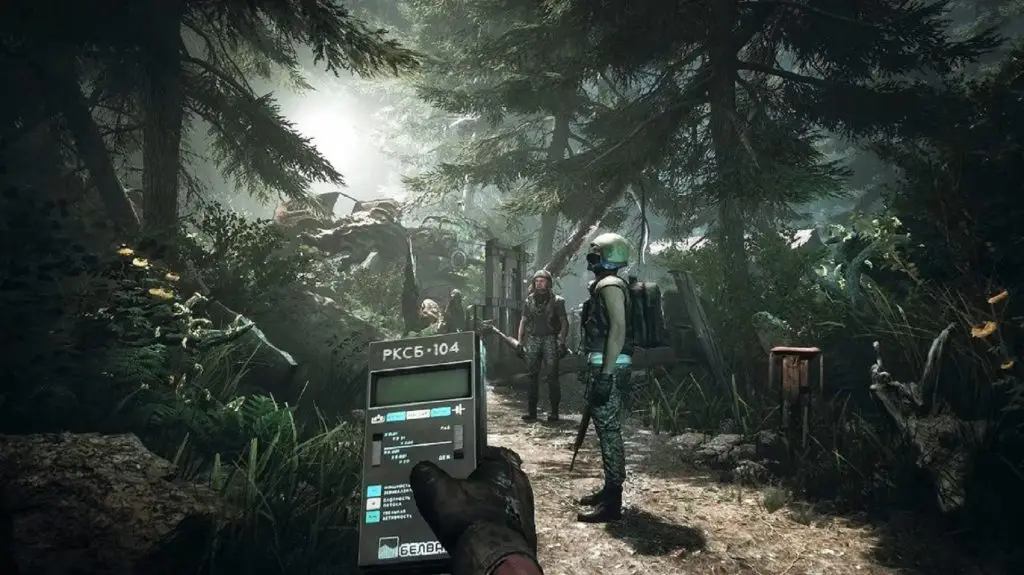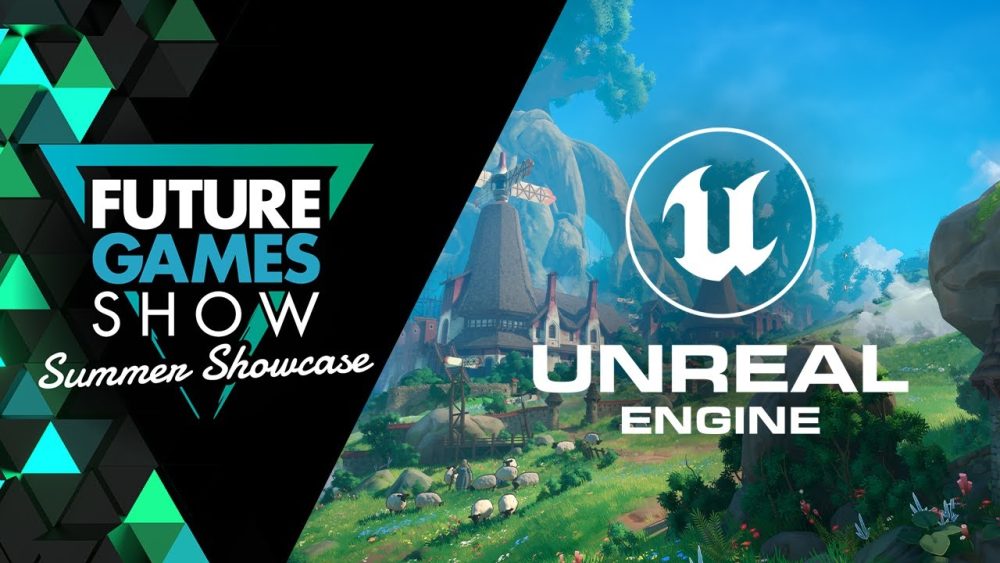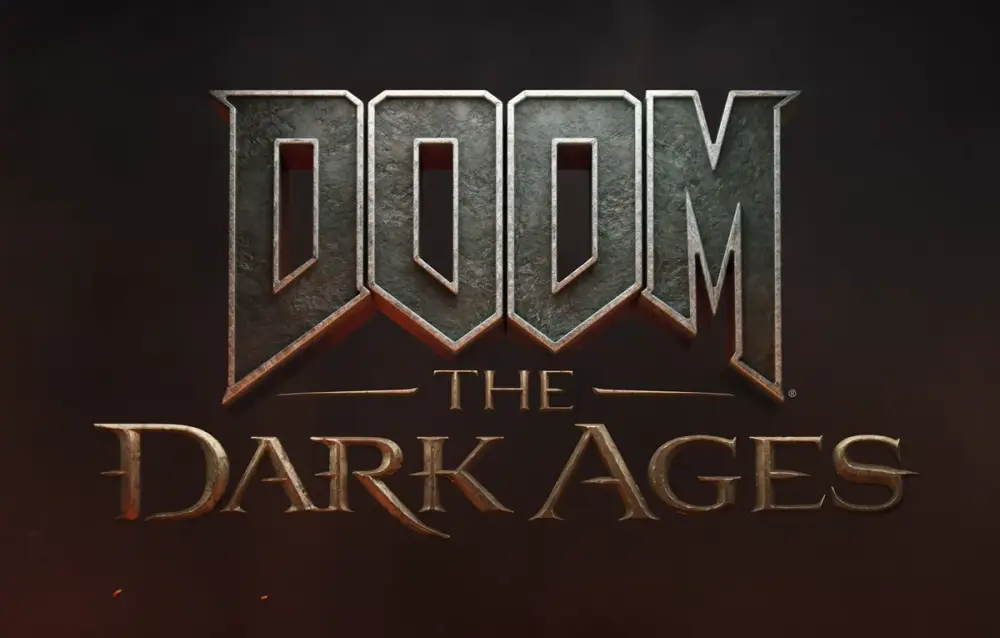The PIONEER shooter is an ambitious attempt to rethink multiplayer projects, mixing elements of role-playing games and survival. It combines an open post-apocalyptic territory, elements of a story campaign and full-fledged PvP zones within a live server. The developers announced the release in 2025 and are actively demonstrating system features that other online games lack.
Instead of formal pumping and a typical gameplay cycle, the concept offers a deeply simulated world living according to its own laws. The observation of day and night, dynamic weather, the ecosystem of mutants, and the influence of anomalies creates an interesting game environment. This implementation promises to break the pattern of scenarios where the enemy always comes from the same point and resources are constantly regenerated.
Setting: Soviet architecture and technogenic ruins
The setting is a fictional island isolated from the rest of the world after a massive catastrophe. The architecture, locations, and visual style are reminiscent of the late Soviet era, featuring distinctive five-story buildings, concrete scientific complexes, radio communication stations, and abandoned scientific facilities. This setting sets PIONER apart from its Western counterparts and creates an original visual and cultural perception of the environment.
Anomalous zones are a distinct gameplay element. They create survival conditions, such as distorted physics, radiation hotspots, and the emergence of unstable creatures. Moving through these zones requires preparation, equipment, and knowledge. These details make exploring the map a separate challenge rather than just moving between points.
Mutants, AI, and the difficulty of survival
 In the PIONER shooter, the behavior of mutants is not tied to scripts. The artificial intelligence reacts to noise, light, smells, and the player’s previous actions. When attacking a lair, you can expect the creatures to migrate, increase their guard, and even attack in response. Mutants are divided into several classes: aggressive solitary creatures, swarm organisms, night hunters, and territorial alpha individuals. Encountering these creatures requires preparation and coordination with other players. The title offers not only firepower, but also planning, evasion, and reconnaissance. In PvE scenarios, it is the behavioral algorithms of enemies that create the main pressure, rather than their sheer number.
In the PIONER shooter, the behavior of mutants is not tied to scripts. The artificial intelligence reacts to noise, light, smells, and the player’s previous actions. When attacking a lair, you can expect the creatures to migrate, increase their guard, and even attack in response. Mutants are divided into several classes: aggressive solitary creatures, swarm organisms, night hunters, and territorial alpha individuals. Encountering these creatures requires preparation and coordination with other players. The title offers not only firepower, but also planning, evasion, and reconnaissance. In PvE scenarios, it is the behavioral algorithms of enemies that create the main pressure, rather than their sheer number.
Shooting, the feeling of a weapon, and the mechanics of interaction
The shooting physics in PIONER is closer to realistic simulators. Each weapon has its own recoil, sound model, bullet trajectory, and destructibility. Firefights require calculating the distance, using cover, and properly utilizing the inventory. The weapon’s accuracy decreases when the character is heavily fatigued or has damaged hands. The developers have implemented advanced weapon modulation mechanics, allowing you to change the scope, attach a silencer, replace the magazine, or even adjust the caliber.
Game mechanics
PIONER shooter focuses not on a single feature, but on a complex system of interactions. Each component affects the balance, complexity, and interest:

-
PvE missions are tasks against AI, including clearing bases, escorting NPCs, decoding signals, destroying mutants, and exploring anomalies.
-
PvP zones are open areas where players engage in combat for resources, control over objects, or rare artifacts.
-
Crafting is a system for recycling loot. Players disassemble weapons, collect components, and create medicines, ammunition, and tools.
-
The storyline is a campaign divided into faction branches. Each decision affects access to areas, relationships with NPCs, and access to rare missions.
-
Economy – In-game currency is generated through trading, completing missions, and selling rare items. Some items can only be obtained in exchange for reputation with factions.
-
Anomalies are zones with unstable physics that exhibit special effects, such as levitation, electromagnetic pulses, and spatial tears.
-
Characters – system of stamina, temperature, hunger, fatigue. The player loses efficiency if he does not meet the basic conditions of survival.
-
Factions are four independent groups with conflicting interests: the military, scientists, stalkers, and looters. Choosing one affects the story and PvP encounters.
-
Graphics – Realistic engine with ray tracing support, procedural lighting and dynamic weather conditions. DLSS and AMD FSR support guarantees stable frame rates.
-
Multiplayer features up to 100 players on a single server, allowing for team play, voice communication, and cooperative missions.

Leveling up, customization, and in-game development
PIONER Shooter eliminates the usual “levels” and “experience” schemes by introducing a system of natural skill evolution. Players increase their effectiveness through practice: shooting improves accuracy, running increases stamina, and medicine unlocks new recipes. Each ability develops independently, without mandatory grinding or artificial limitations.
The character does not receive points, but access to specializations through achievements. For example, successfully completing three anomaly clearance operations unlocks the “Radiation Zone Specialist” branch with unique perks. This logic eliminates speculation and encourages participation in various types of activities.
Customization offers advanced options, ranging from armor and exosuit types to interfaces. PIONER’s shooter game provides not only visual skins but also functional modules that influence the character’s behavior. Installing improved filters, adaptive visors, and reinforced vests becomes part of a strategy, not just a cosmetic feature.
Development team and production philosophy
PIONER is being developed by GFA Games, an independent Russian studio with experience in military simulators and RPGs. The team uses Unreal Engine 5 and focuses on creating a dense, atmospheric world inspired by the aesthetics of stalker and Soviet visual code. Each stage of development is accompanied by open communication with the community, including technical diaries, votes, and test builds.
The studio has declared its rejection of Pay-to-Win. The main philosophy is a fair gameplay where victory depends on skills, tactics and cooperation, and not on the amount of money invested. Monetization will be limited to visual elements that will not give advantages.
The developers have announced the integration of a modification system. Support for mods will extend the life of the project, allowing gamers to create their own PvE missions, maps, enemy models and even factions. The solution opens up the potential for a creative community and increases loyalty to the project.
The visual component: technological superiority
Graphics are one of the strongest sides of the title. The use of Unreal Engine 5 allows you to recreate photogrammetric textures, dynamic lighting and detail at the level of AAA projects. Objects are not just drawn – they react to weather, physics and the impact of the player.
Support for ray tracing and global illumination technology gives locations photorealism. Fog over the swamp, sparks from a short circuit, reflections in puddles – every little detail enhances the atmosphere. PIONER Shooter not only shows the world, but immerses you in it at the level of feeling. Optimization is implemented through support for DLSS and FSR, which ensures smoothness even on average systems.
Conclusion
 PIONER is shaping a new model for online multiplayer shooter games. Instead of endless matches and arcade modes, the project offers a holistic system, a living world, a story, strategy, and real consequences of actions. The integration of PvE, PvP, crafting, customization, and factional influence creates a rich environment where every choice matters.
PIONER is shaping a new model for online multiplayer shooter games. Instead of endless matches and arcade modes, the project offers a holistic system, a living world, a story, strategy, and real consequences of actions. The integration of PvE, PvP, crafting, customization, and factional influence creates a rich environment where every choice matters.
The release in 2025 promises to change the expectations of the genre. For players who are tired of templates and simplifications, the project will be a starting point for a new quality of life.
 en
en  de
de  ar
ar  es
es  hi
hi  fr
fr  nl
nl  it
it  pt
pt  el
el 










